Abstract
This paper describes a holistic approach to the planning of personal health services, considering health services not as an aggregate of independent parts but as interdependent groups forming a unified whole. It defines a stochastic model, utilizing a Markov chain that integrates the component parts involved in health service systems for planning purposes. The three applications described are prediction, for the ordinary statistical problem of forecasting; parametric study or simulation, for determining the effect on the whole system of simulated changes in its parameters; and goal seeking, for calculating the optimal utilization strategy to achieve a specified goal under given constraints such as minimization of costs or resources. Numerical examples are given for each application.
Full text
PDF
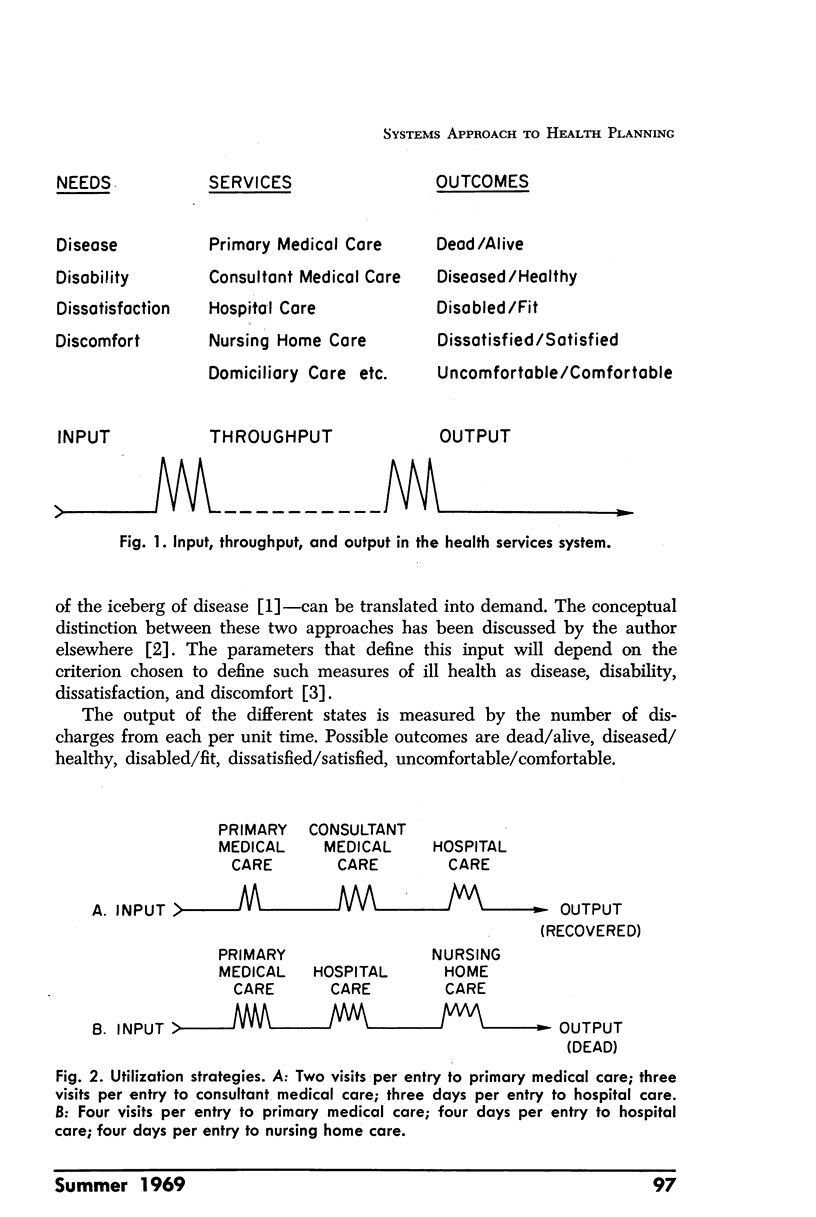
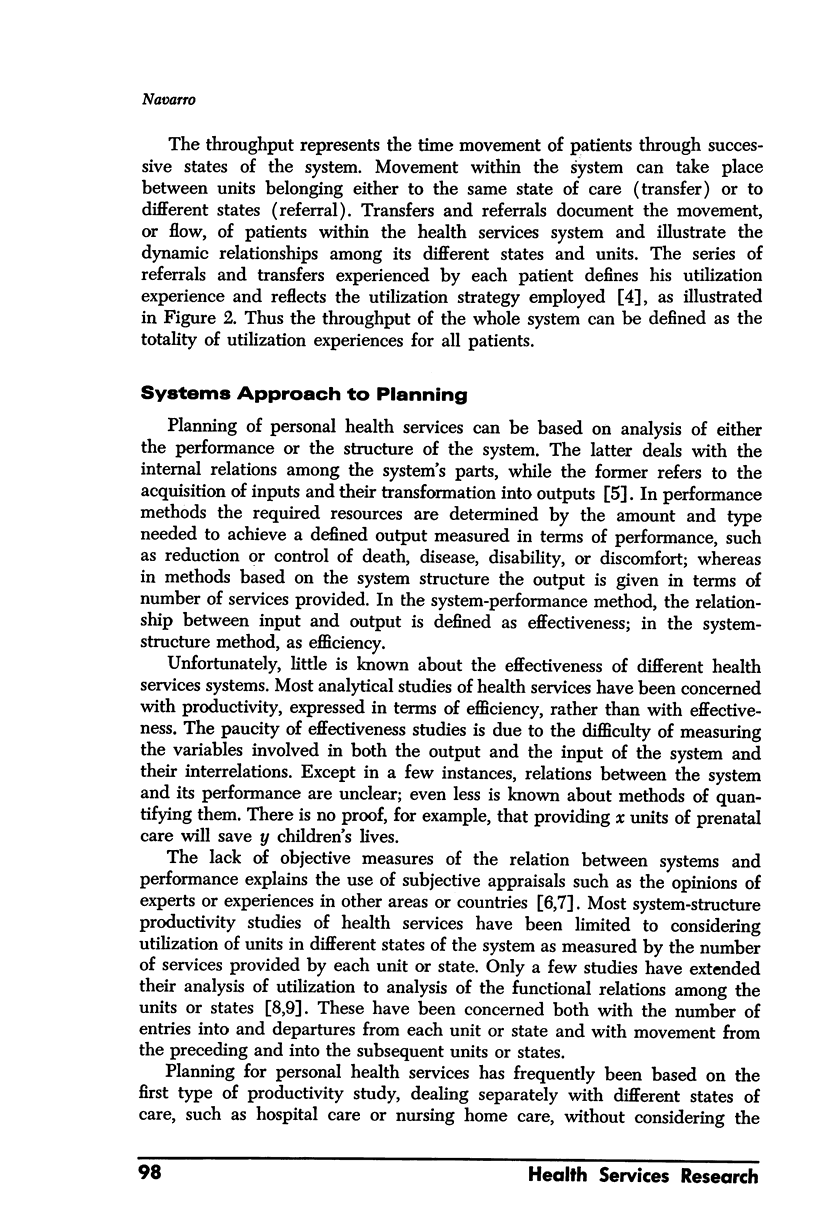
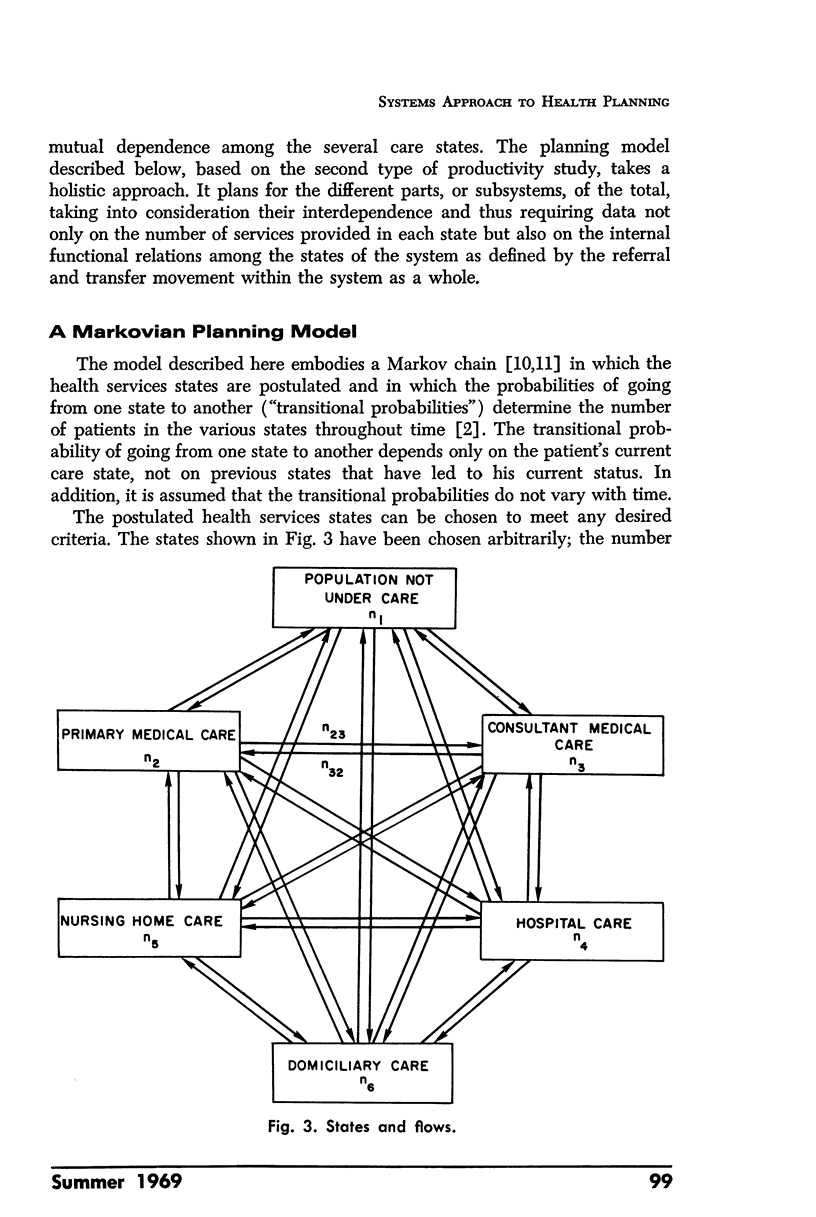
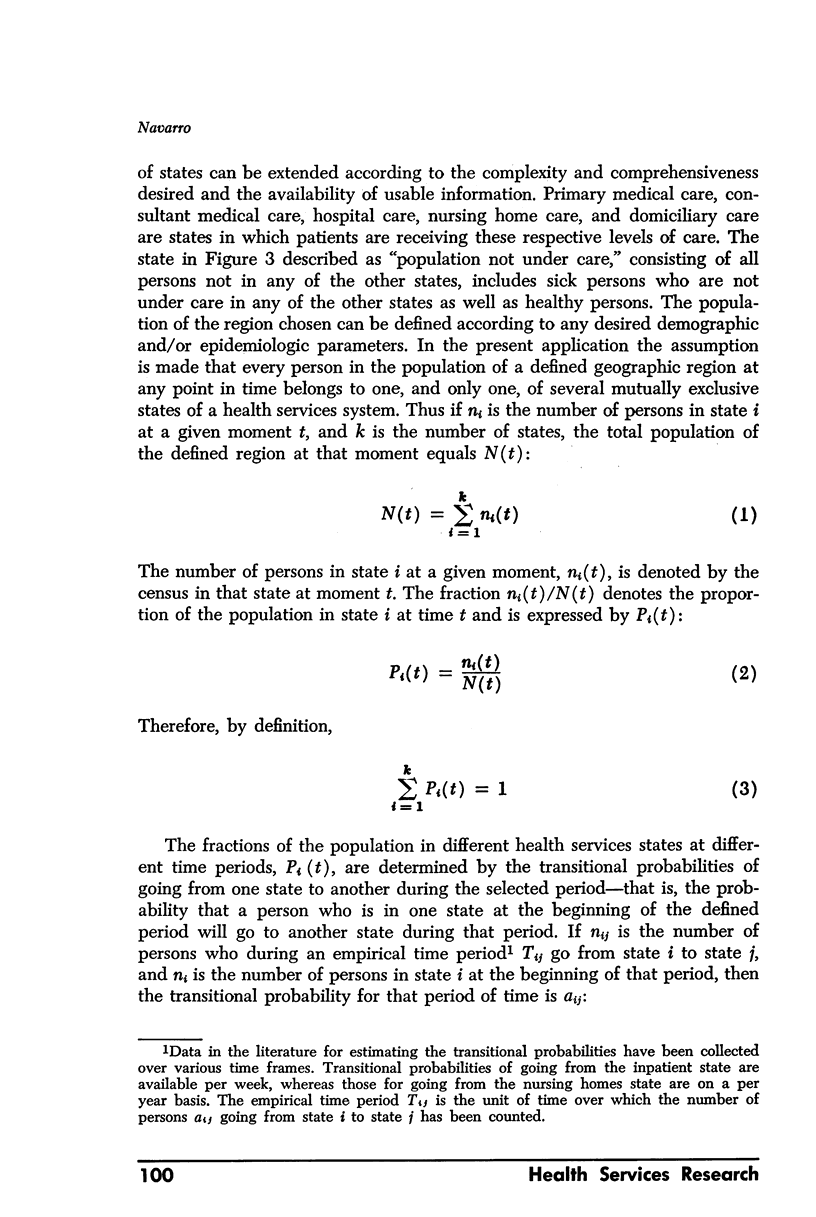
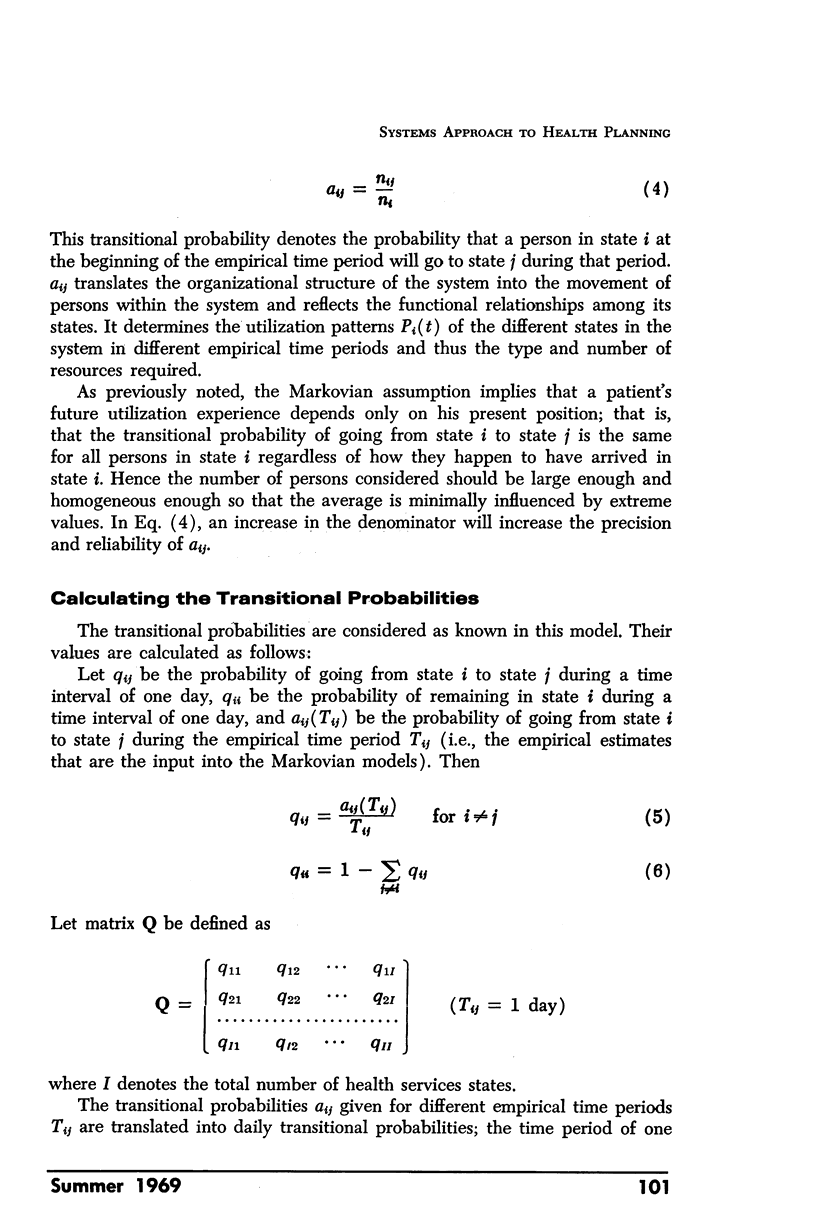
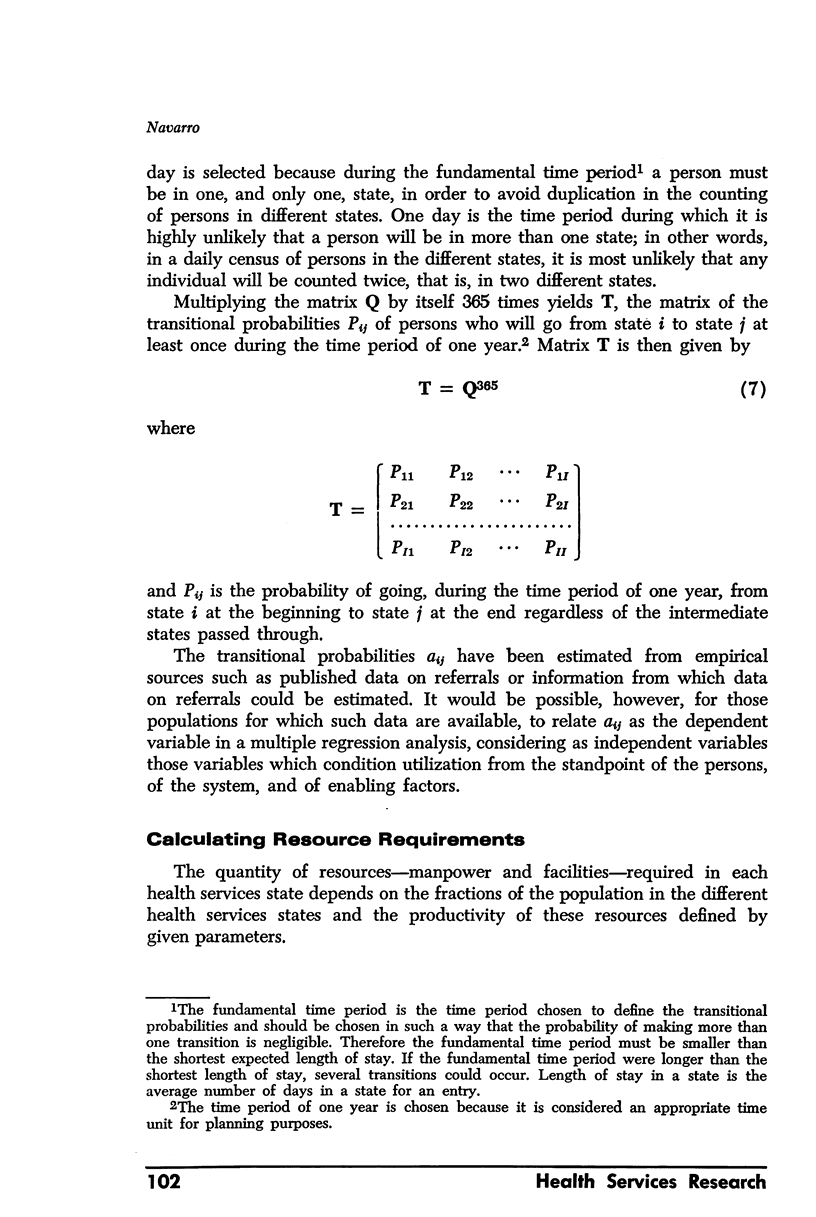
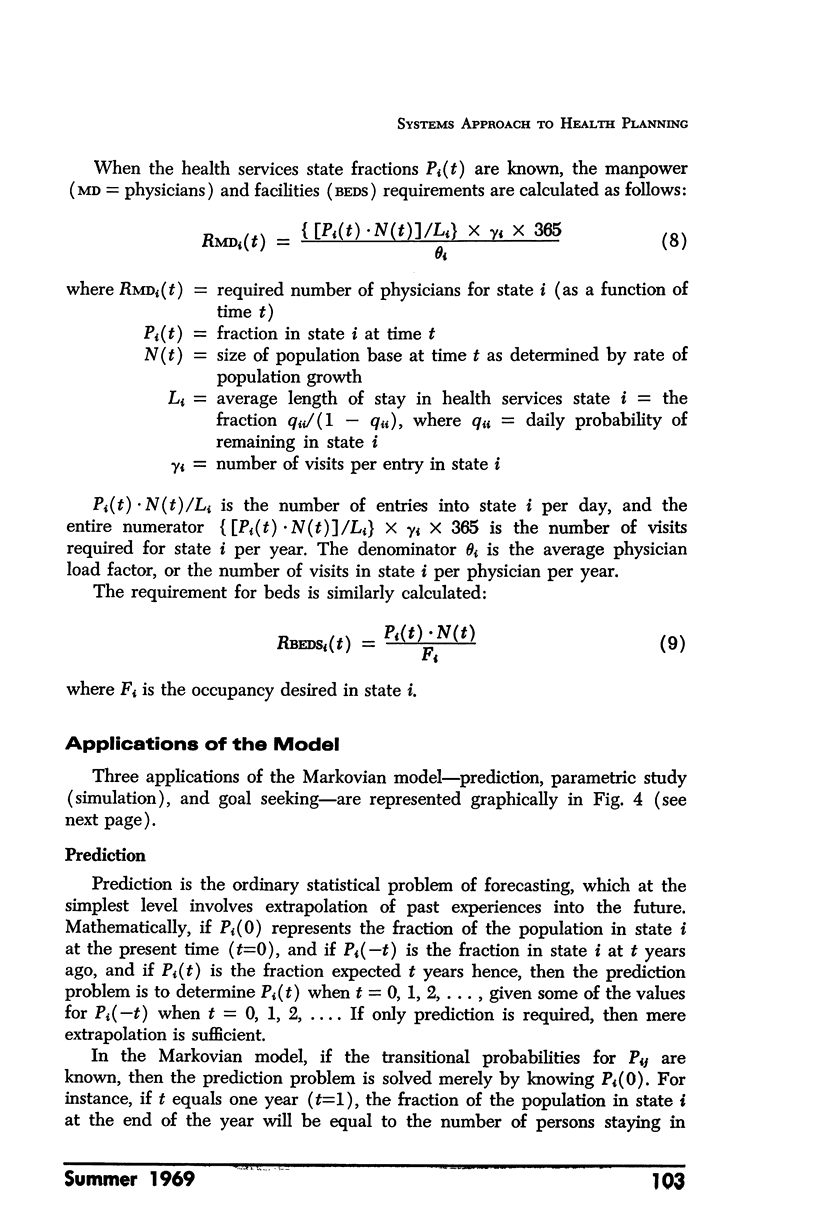

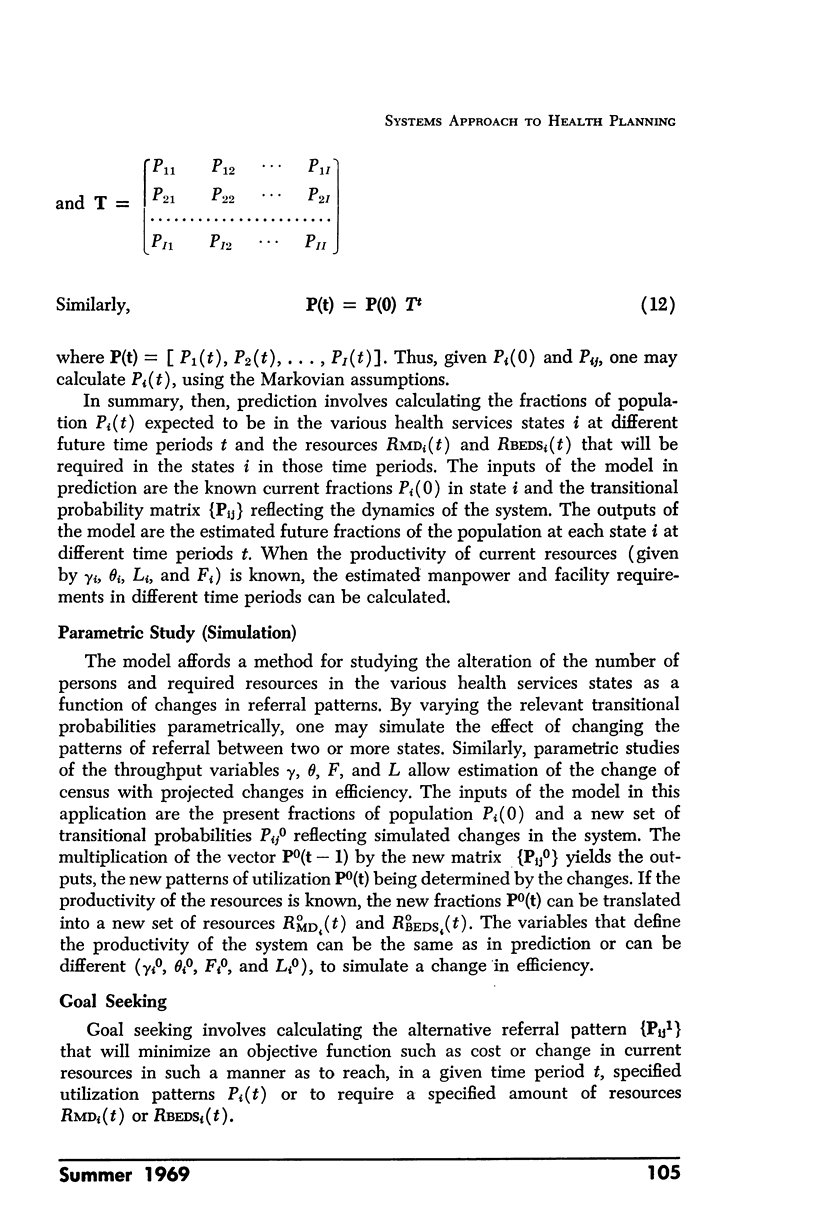

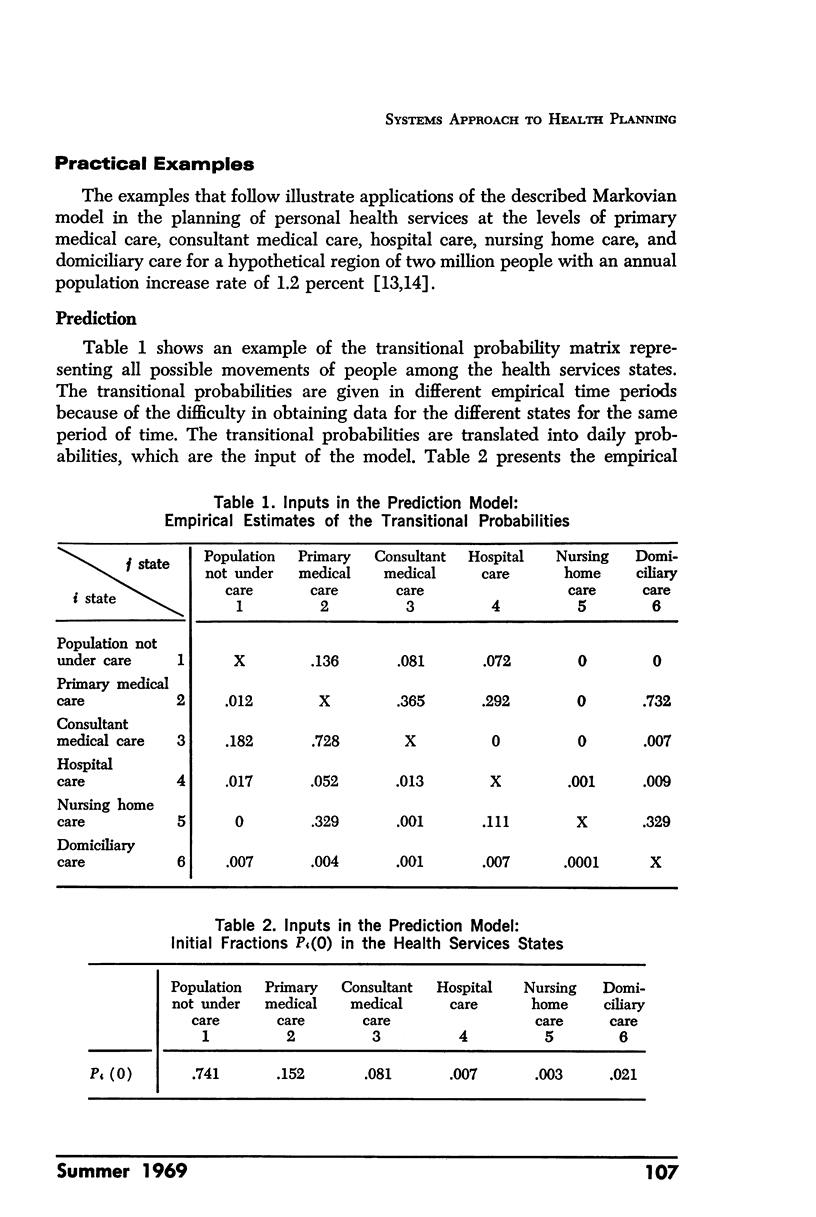
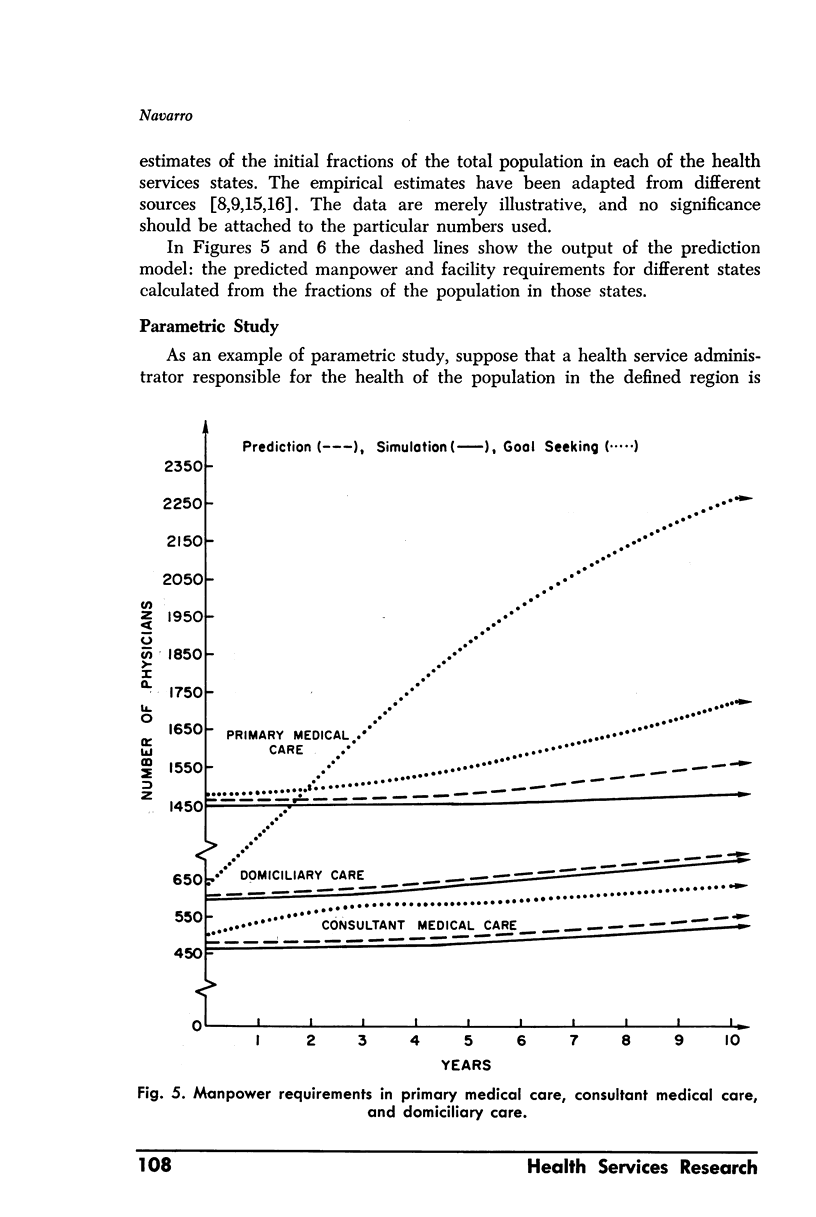
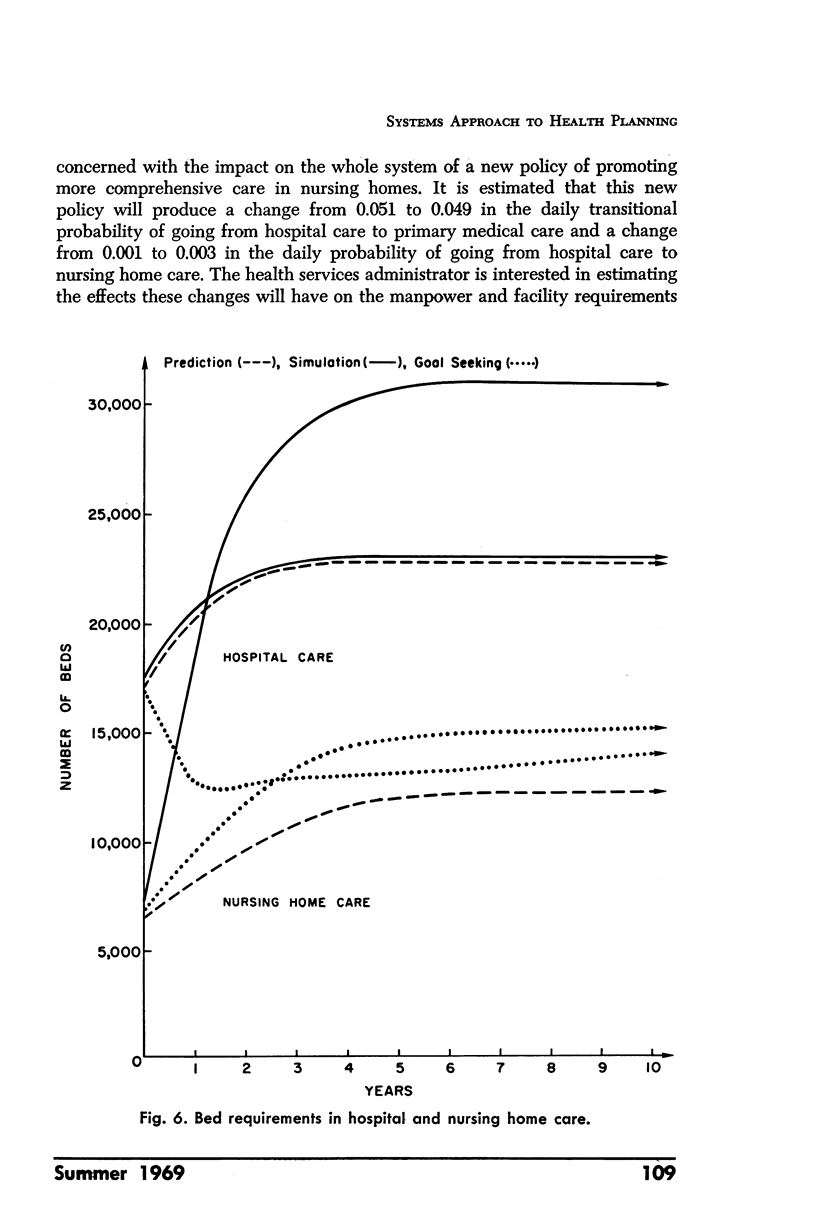
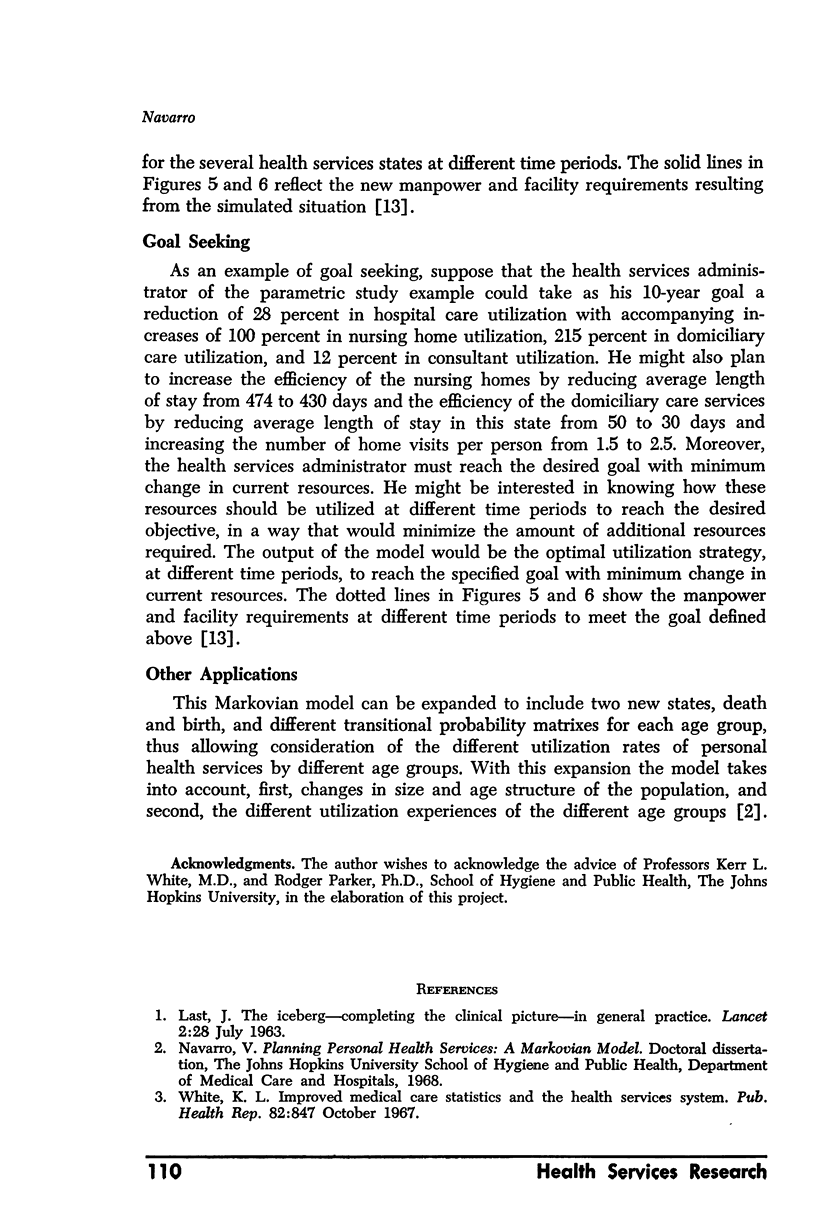
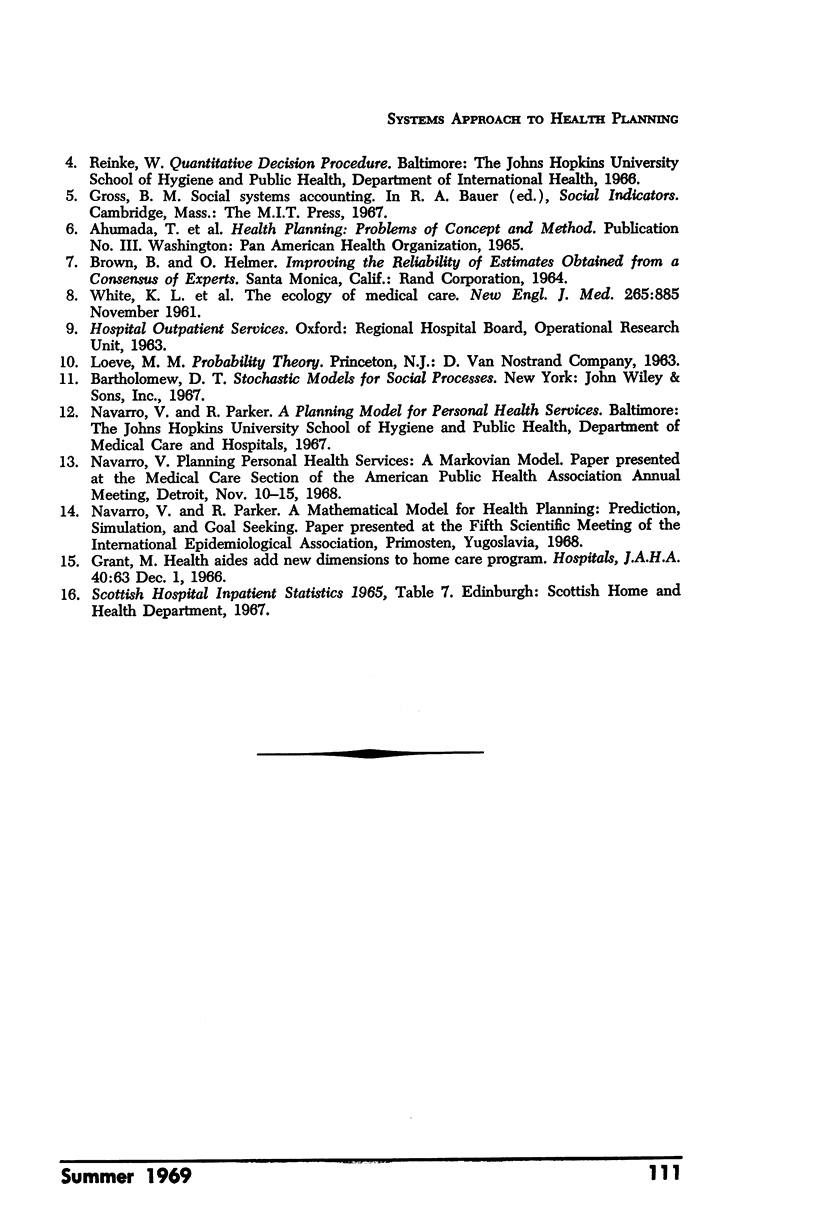
Selected References
These references are in PubMed. This may not be the complete list of references from this article.
- Grant M. Health aides add new dimension to home care program. Hospitals. 1966 Dec 1;40(23):63–67. [PubMed] [Google Scholar]
- WHITE K. L., WILLIAMS T. F., GREENBERG B. G. The ecology of medical care. N Engl J Med. 1961 Nov 2;265:885–892. doi: 10.1056/NEJM196111022651805. [DOI] [PubMed] [Google Scholar]
- White K. L. Improved medical care statistics and the health services system. Public Health Rep. 1967 Oct;82(10):847–854. [PMC free article] [PubMed] [Google Scholar]


